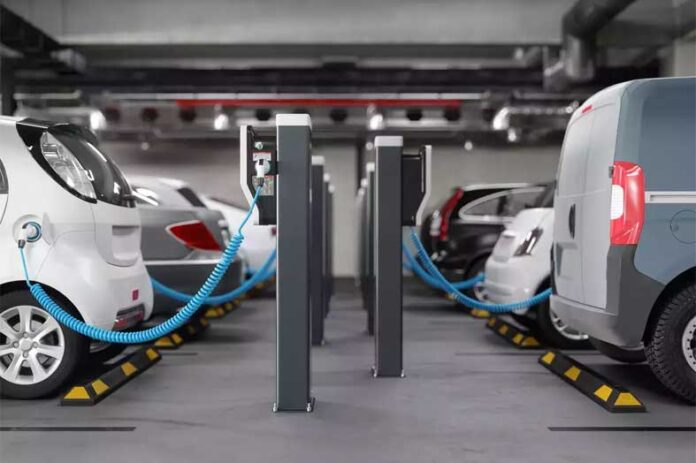The India EV Fast Charging Summit organized by the India Energy Storage Alliance (IESA) was held in New Delhi to address the urgent need to increase investment in India’s EV charging infrastructure. As the Indian EV market crosses over 4 million sales, industry experts highlight the importance of collaboration between the public and private sectors to accelerate EV adoption and achieve the target of 30% EV penetration by 2030.
The main focus of the discussion was the role of a robust charging infrastructure in reducing range anxiety for potential EV buyers. According to IESA, India requires an estimated investment of US$20-30 billion to support the continued growth of the EV sector.
The upcoming PM e-Drive scheme, which is expected to allocate Rs 2,000 crore to encourage the development of charging infrastructure, was eagerly awaited by the summit participants.
“We are all eagerly awaiting the launch of the PM e-Drive scheme, which provides double the incentives for charging infrastructure compared to the FAME-II scheme. The ministry is considering state-wise demand allocation based on vehicle density in different regions, as well as any state-level EV policies and incentives for the charging sector. We hope to see the full outline of the Rs 2,000 crore plan soon,” said IESA President Debi Prasad Dash.
PM e-Drive Scheme: PM e-Drive Scheme aims to support the installation of 22,100 fast chargers for four-wheeler EVs, 1,800 fast chargers for e-buses and 48,400 fast chargers for electric two-wheelers and three-wheelers.
While industry experts see the plan as a positive step, they stressed the importance of more strategic allocation of funds. In particular, he highlighted the need to prioritize investments in upgrading the electricity grid to accommodate the growing demand for EV charging stations.
“In terms of EVs, I’m interested to see what kind of investment will be directed toward charging infrastructure. The US is estimated to be around USD 20 billion, and we will see what this means in India. But this will probably require an investment of between USD 20 to 50 billion,” said Vinayak Valimbe, managing director of CES India.
“The PM e-Drive allocation falls far short of accelerating public charging infrastructure with that money. Those Rs 2000 crores can be invested in upgrading the power infrastructure by providing funds to the distribution company. If the government helps the distribution company to make plug and play and give it to the charge point operator, it will help the sector in a much better way than spending money and making up the numbers,” said Awadhesh Jha, executive director. Glyda.
Reliability of power supply from DISCOMS (distribution companies) emerged as a key factor in the success of India’s EV adoption goals. Industry leaders highlighted the need to upgrade transformers and enhance the power grid to ensure uninterrupted EV charging experience, especially in rural areas.
EV Ecosystem: Furthermore, the summit acknowledged the importance of reducing the price gap between EVs and conventional vehicles to encourage mass adoption. The recommendations include reducing customs duties and taxes on imported EV components as well as promoting local research and development in battery technology to boost domestic manufacturing and create employment opportunities. Collective efforts from both public and private sectors are necessary to build a strong and sustainable EV ecosystem in India, which will ultimately propel the country towards its ambitious EV adoption goals.
“The power supply and power uptime is not that much. So as soon as we get that infrastructure, we will upgrade our transformers, we will upgrade our grids, we will see the growth of EVs not only limited to urban areas, but also rural areas,” Shiraz said. Khanna, CFO said of Exicom.

